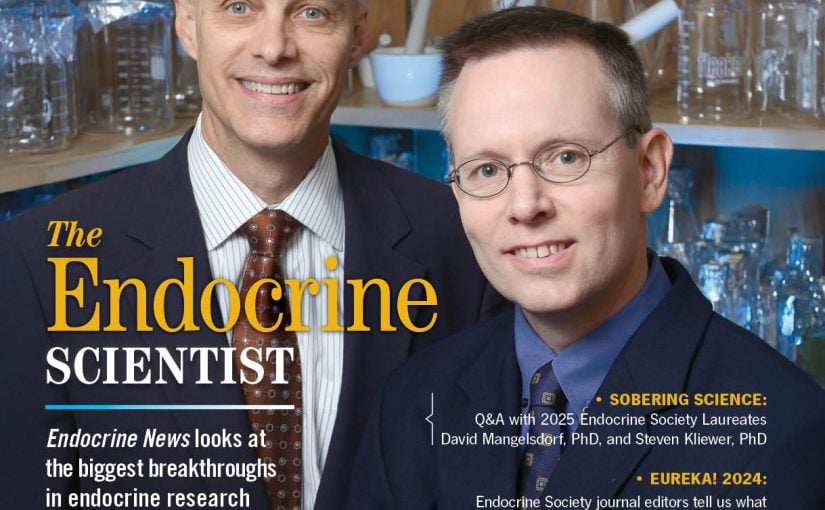A51-year-old man has had combined hyperlipidemia for years without cardiovascular complications. He has been treated with a variety of lipid-lowering agents, but is not taking any medication now. His mother also has a mixed dyslipidemia, wiThelevations of both triglycerides and LDL cholesterol, and had a stroke at age 71 years. His maternal uncle has combined hyperlipidemia and had a myocardial infarction at age 56 years. The patient’s general health has been excellent, but he does not follow a diet nor does he exercise. He has not smoked cigarettes for the past 12 years. On physical examination, blood pressure is 138/84 mm Hg. He weighs 180 pounds and is 69 inches tall (BMI = 26.6 kg/m2). There are no xanthelasmas, xanthomas, or carotid bruits. You detect no hepatosplenomegaly. Peripheral pulses are full and equal without bruits. Recent laboratory studies from his primary care physician’s office include the following:
See PDF for chart…
QUESTION
The Endocrine Self-Assessment Program (ESAP) is a self-study program aimed at physicians seeking certification or recertification in endocrinology, program directors interested in a testing and training instrument, and individuals simply wanting a selfassessment and a broad review of endocrinology. ESAP 2011 is available in both print and online formats. It consists of 160 multiple-choice questions in all areas of endocrinology, diabetes, and metabolism. There is extensive discussion of each correct answer, a comprehensive syllabus, and references. ESAP is updated annually with new questions and new syllabus materials. Learn more at www.endocrineselfassessment.org.
Which one of the following best explains the increase in the serum LDL-cholesterol concentration that has occurred over the past 4 months?
A Idiosyncratic response to gemfibrozil
B Common response to gemfibrozil
C Recent dietary indiscretion
D Progressive onset of hypothyroidism
E Development of hepatic steatosis
MYSTERIOUS HYPERLIPIDEMIA: A Case Study From ESAP
ANSWER
The Endocrine Self-Assessment Program (ESAP) is a self-study program aimed at physicians seeking certification or recertification in endocrinology, program directors interested in a testing and training instrument, and individuals simply wanting a self-assessment and a broad review of endocrinology. ESAP 2011 is available in both print and online formats. It consists of 160 multiple-choice questions in all areas of endocrinology, diabetes, and metabolism. There is extensive discussion of each correct answer, a comprehensive syllabus, and references. ESAP is updated annually with new questions and new syllabus materials. Learn more at www.endocrineselfassessment.org.
The answer is:
B. Common response to gemfibrozil
This patient has familial combined hyperlipidemia. In affected patients, fibrate therapy either increases or has no effect on the serum LDL-cholesterol level. Fibrates increase traffic through the lipolytic cascade with increased removal of triglyceride from VLDL. Since LDL particles are derived from VLDL that have been rid of most triglyceride, fibrate treatment in patients with hypertriglyceridemia often causes a rise in LDL cholesterol (Answer B); this is not an idiosyncratic response (Answer A). In contrast, fibrates modestly reduce the LDL-cholesterol concentration (by approximately 5%-15%) in patients with lesser elevations of triglyceride. The mechanism(s) for this has not been defined.
The increase in the serum LDL-cholesterol concentration caused by a fibrate can be a problem in patients with familial combined hyperlipidemia because they have an increased risk of coronary heart disease. Although this effect can be transient in some, many need the addition of a second medication to optimize their lipid profile. In contrast to fibrates, treatment of hypertriglyceridemic patients with nicotinic acid rarely increases serum LDL-cholesterol values. For this reason, niacin is a good choice for persons with familial combined hyperlipidemia.
The use of a statin in combination with gemfibrozil will correct the undesirably high serum LDL-cholesterol value that resulted from the gemfibrozil, as well as complement the changes in triglyceride and HDL-cholesterol levels produced by gemfibrozil. Despite the additive risks of myopathy in patients treated with gemfibrozil and a statin, the combination is generally safe and effective, especially when the statin is taken at lower dosages. Adverse events occur in approximately 3% of patients who take gemfibrozil, so the combination should be reserved for patients with, or who are at high risk for, coronary heart disease.
The likelihood that the patient developed intercurrent hypothyroidism (Answer D) over 16 weeks is remote. The patient has no obvious risk for hepatic steatosis (Answer E), and this condition is not typically related to an increase in LDL cholesterol. Dietary indiscretion (Answer C), with increased caloric and fat intake, would more typically affect triglycerides and account for no more than a 5% to 10% increase in LDL cholesterol.

